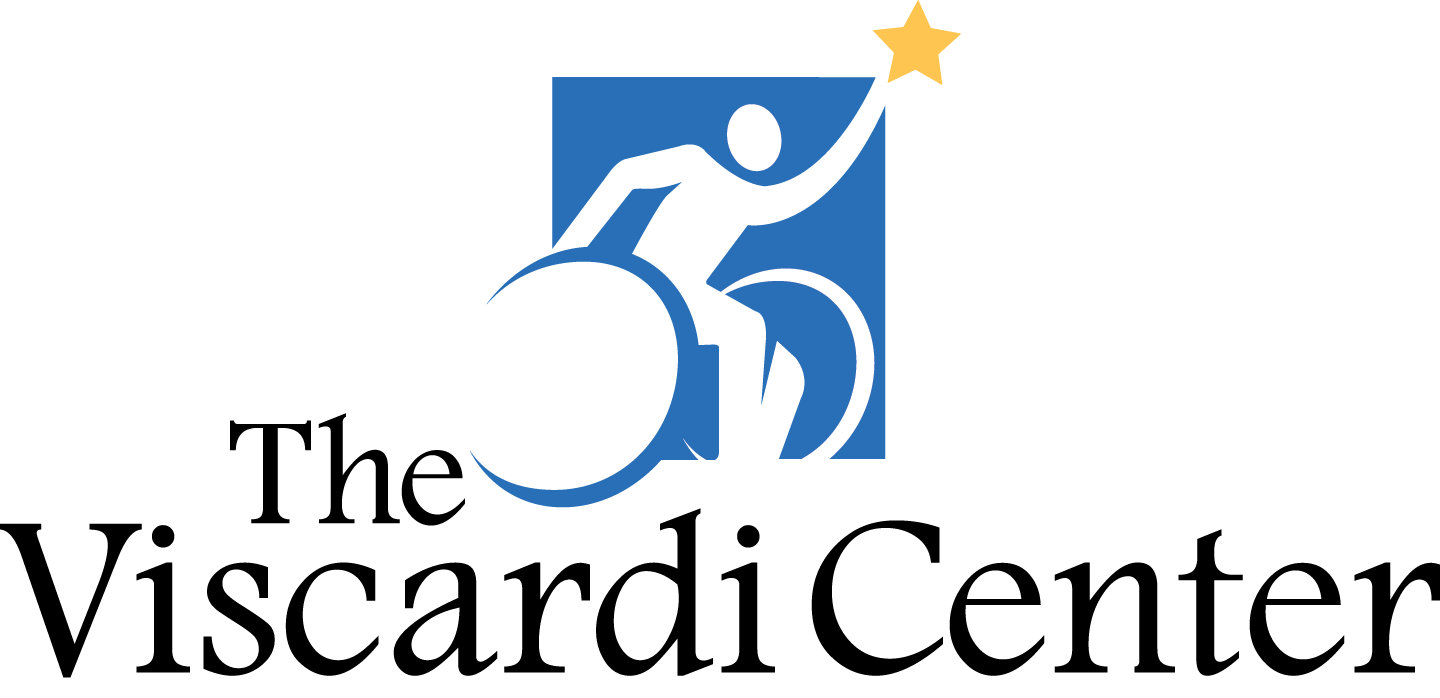In the ever-evolving landscape of the digital world, staying informed about regulatory changes is crucial, especially when it comes to website accessibility requirements. With the advancement of technology, the challenge of ensuring full accessibility for everyone, including people with visual, hearing and mobility disabilities, also becomes increasingly complex. In response to these challenges, the recent ruling from the Department of Justice (DOJ) regarding web content and mobile app accessibility represents a pivotal moment. This ruling not only reaffirms the critical importance of digital accessibility but also holds profound implications for individuals, government agencies, and private organizations across various sectors.
Key Points of the Ruling:
- ADA Requirements Clarified: The DOJ’s ruling reaffirms the application of the Americans with Disabilities Act (ADA) to both state and local government websites (Title II) and private entities’ websites which are considered places of public accommodation (Title III), clarifying the legal obligations for web accessibility.
- Priority on WCAG Compliance: This point highlights the importance of compliance with the Web Content Accessibility Guidelines (WCAG) 2.1, emphasizing its significance in achieving digital accessibility. Understanding and implementing WCAG standards is essential for not only meeting legal requirements but also ensuring that digital content can be accessed by all users, including those with disabilities. Content includes documents and video.
- Urgency for Action: State and local governments must ensure that their web content and mobile apps meet WCAG 2.1, Level AA within two or three years of when the final rule is published, depending on their population size. After this period, ongoing compliance with WCAG 2.1, Level AA standards is required.
The consequences of failing to comply with web accessibility standards outlined by the DOJ can be significant:
- Legal Action: Non-compliance with ADA regulations can result in lawsuits and legal action. Recent years have seen a surge in lawsuits filed against businesses and organizations for inaccessible websites and applications, leading to costly settlements.
- Loss of Customers and Revenue: Inaccessible websites alienate individuals with disabilities, potentially resulting in a loss of customers and revenue. By neglecting accessibility, businesses limit their reach and miss out on opportunities to engage with a diverse audience.
- Damage to Reputation: Reputation is everything. A reputation tarnished by inaccessible digital platforms can have long-lasting effects on brand perception. Negative publicity stemming from accessibility issues can erode trust and loyalty among customers and stakeholders.
Read the full text of the DOJ’s ruling on web accessibility.
It’s important to remember that digital accessibility benefits everyone, not just individuals with disabilities. It enhances user experience, expands audience reach, and fosters a more inclusive online community. As we navigate the challenges of ensuring digital accessibility for all, organizations like The Viscardi Center stand out as forerunners of inclusivity, advocating for the importance of digital accessibility. With a commitment to ensuring equal access for all, Viscardi’s team of digital accessibility experts is here to assist State and local government agencies, as well as businesses and organizations in the private sector, in meeting the DOJ’s accessibility guidelines for their digital domains.
Learn more about making websites and digital assets accessible.
 |
Michael Caprara Chief Information Officer, The Viscardi Center |

